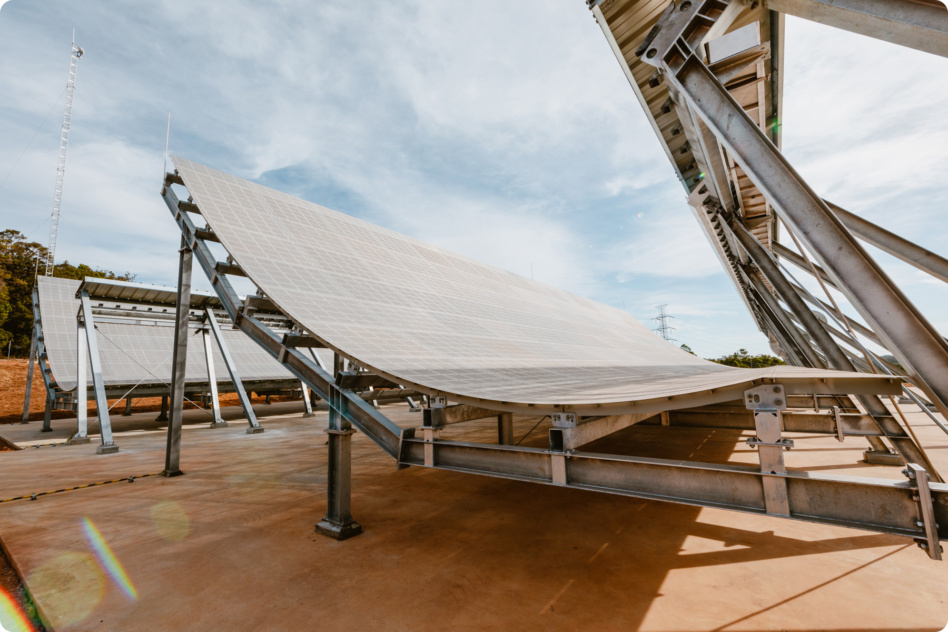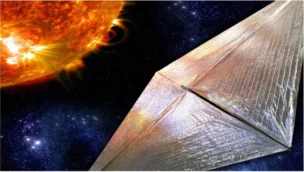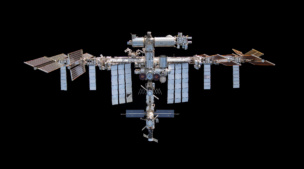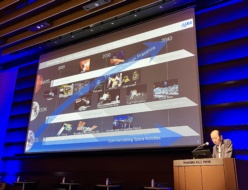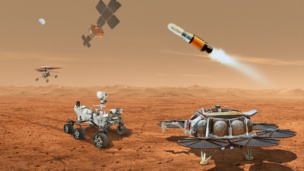Government IT projects are known for being challenging, and one of the biggest currently underway is the US effort to forge a civil space traffic coordination platform.
It’s been nearly six years since the Trump administration made the decision to transfer US space coordination out of the military, but now the Commerce Department is hiring contractors and tapping companies for pathfinder demonstrations. The goal is to begin implementing the system by the end of the fiscal year.
The Traffic Coordination System for Space (aka TraCSS) is designed to rely on minimal government infrastructure. It will run on the AWS cloud, and a $15.5M system integrator contract was awarded to Parsons Corporation this month. Meanwhile, a pathfinder project is now demoing data collection and fusion from a handful of SSA companies.
“The idea for the Pathfinder project was born to move away from the paradigm of, ‘you have a pilot project, and suddenly a big giant thing comes right after that,’ which from my experience as an engineer, that’s not how scaling works,” explained Christine Joseph, a policy advisor in NOAA’s Office of Space Commerce who works on the project. “How do we actually be a good government customer when we do the long-term sustained project contract for what plugs and plays into the operational system?“
The final piece of the infrastructure puzzle is up next: What is the user experience, not just for satellite operators, but also for OSC staff and the general public? How will satellite operators pull data from APIs, or message each other? Those demonstrations wrapped up this week.
Safety first: OSC’s agile acquisition process is intended to save money, but it will have to be careful to avoid replacing commercial SSA companies. An ongoing back-and-forth between vendors and OSC has helped the organization work toward defining the specific safety metrics needed.
“As we’re peeling away the layers of the onion of all the different things that DoD is doing and what’s necessary for space flight safety, we’re gonna keep evaluating what that scope of SSA basic safety services is going to be,” Joseph said. “We’re not trying to get into business optimization for your entire fleet.”
Obtaining orbital traffic data (and keeping it secure and continuously available) is just part of the challenge. The formatting of orbital tracking data is under scrutiny to ensure clear communication among the multiple stakeholders here, and OSC is planning another pathfinder focused on getting the best data from satellite operators into the system.
Talking to the neighbors: Another new development at TraCSS is its plan for global coordination, announced April 8.
“We are not the only SSA capability out there being developed,” Joseph says.”We have to avoid the situation where a satellite operator gets a [Conjunction Data Message] from TraCSS and gets a CDM from Japan or the EUSST, and it’s conflicting information. How do we avoid chaos for the operator?”
One tricky conversation will be coordination with China, which operates a growing number of spacecraft and plans to launch large LEO constellations.
“There is a high need for coordination with China and we are very open to working with the right parties there,” Joseph said.
Needs must: Part of the delay in standing up a civil STM system can be attributed to Congress, which took a few years to appropriate the funds to start the hand-over process. The Biden administration asked for $75.6M for OSC in this year’s budget.
But TraCSS also needs statutory support: It still doesn’t have Congressional authority to do its job. The National Space Council has asked Congress to give OSC similar authorities for coordination that the DoD has now.
The other challenge—even with minimal government infrastructure—is that hiring is a bear. It’s not just budgets and bureaucratic inertia. “This is a very specific type of mission and it sometimes feels like a startup in the middle of government, and there’s a particular type of energy needed for that,” Joseph says.
